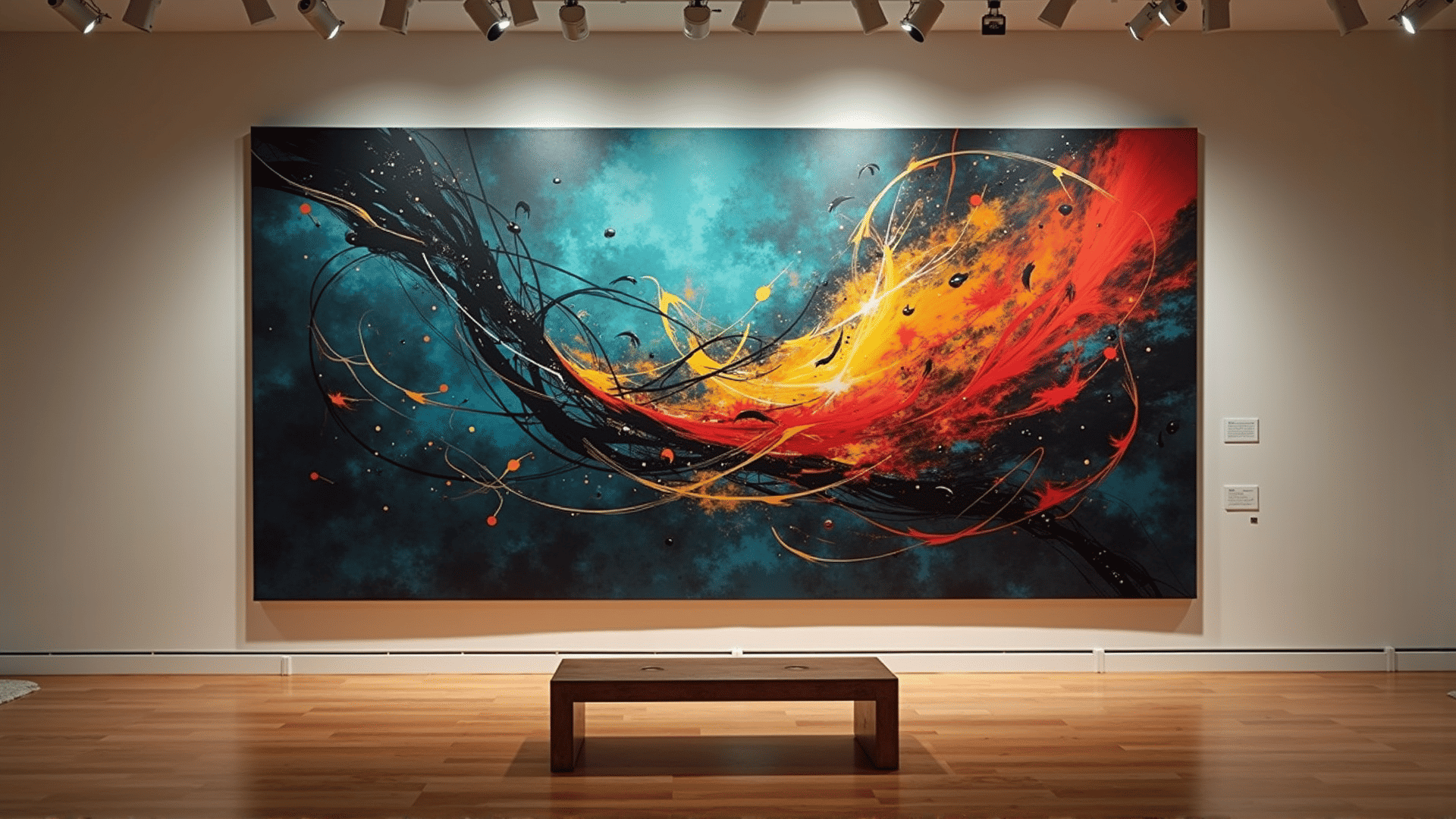Abstract expressionism, an art movement that emerged in the mid-20th century, invites viewers into a realm where colors and lines speak louder than words. This genre celebrates the freedom of interpretation, offering an unfiltered view into the artist's emotions, thoughts, and spirit. Through bold colors and sweeping lines, abstract expressionism captures the essence of imagination, transforming a blank canvas into a profound visual symphony.
The language of abstract expressionism is universal, transcending linguistic barriers by communicating through emotion and form. Each stroke and color choice is intentional, yet open to interpretation, allowing viewers to project their own feelings and ideas onto the artwork. This unique characteristic fosters a dynamic interaction between the artwork and the audience, making each experience personal and transformative.
Bold colors are at the heart of abstract expressionism, serving as the emotional core of this art form. They evoke a spectrum of feelings, from the tranquil blues and greens that suggest serenity and contemplation, to the fiery reds and oranges that convey passion and intensity. Color becomes a powerful tool, not just for creating contrast and harmony, but for eliciting visceral reactions and sparking the imagination.
Sweeping lines further enhance the emotive power of abstract expressionism. These lines follow no strict pattern, often flowing intuitively from the artist's hand, reflecting spontaneity and fluidity. Whether through harsh angular strokes or soft, curvilinear forms, the lines in abstract expressionist works guide the eye across the canvas, creating a sense of movement and energy that draws the viewer deeper into the composition.
A hallmark of this movement is the rejection of traditional representation. Abstract expressionist artists eschew realistic depictions in favor of conveying the internal and intangible. By focusing on the abstract, they challenge viewers to look beyond the surface and explore the underlying themes and emotions. This departure from conventional art forms opens the door to infinite possibilities within the realm of imagination.
Notably, abstract expressionism has been influenced by a range of artistic and philosophical traditions. From the emotive brushwork of Van Gogh to the mysticism of Eastern philosophies, the movement weaves these influences into its colorful tapestry. This eclectic foundation enriches the genre's capacity to engage and provoke, making it a timeless force in the art world.
In conclusion, abstract expressionism offers a window into the boundless realm of creativity and emotional expression. Through bold colors and sweeping lines, it captures the essence of imagination, inviting viewers to embark on their own journey of interpretation and reflection. As art continues to evolve, the spirit of abstract expressionism endures, reminding us of the profound and limitless power of artistic expression.
